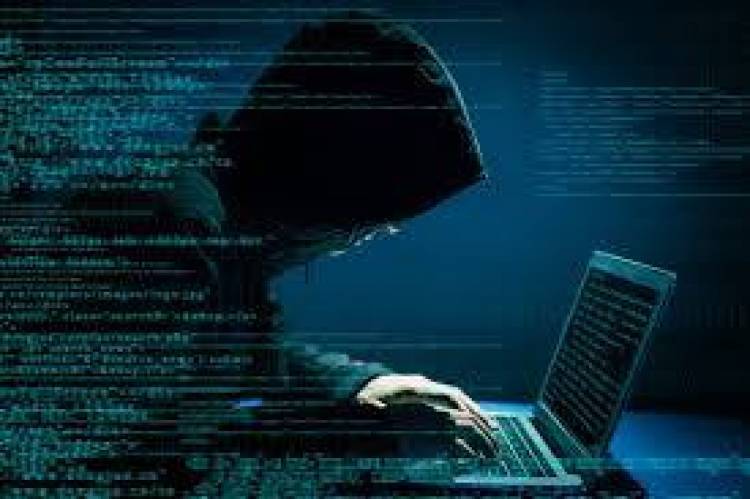INTELLECTUAL PROPERTY RIGHTS IN SOFTWARE: COPYRIGHT IN CODING
Copyright in software coding is a fundamental aspect of intellectual property rights, safeguarding the unique expression of software code while distinguishing it from functional ideas. This article explores the nuances of copyright in coding, highlighting its importance in encouraging innovation, protecting economic value, and providing legal recourse against unauthorized use. It also addresses challenges such as code sharing in open-source environments, determining code similarity, and navigating international copyright issues. Through real-world examples, including notable legal cases, the article illustrates the complexities of copyright in software and offers best practices for effective protection.

INTRODUCTION:
In the digital age, software has become a cornerstone of technological advancement and innovation. With the rapid growth of software development, the protection of intellectual property rights (IPR) has become increasingly crucial. Among the various forms of IPR, copyright plays a significant role in safeguarding the unique aspects of software, particularly in the realm of coding. This article delves into the intricacies of copyright in coding, exploring its importance, challenges, and real-world examples to provide a comprehensive understanding of this critical aspect of software intellectual property.
UNDERSTANDING COPYRIGHT IN CODING:
Copyright is a form of intellectual property law that grants creators exclusive rights to their original works of authorship. This includes literary, artistic, and musical works, and extends to software code. In the context of software, copyright protection applies to the specific expression of ideas, rather than the ideas themselves. This means that while the functional aspects of software—such as its algorithms and processes—are not protected by copyright, the actual code written to implement these functions is.
KEY ASPECTS OF COPYRIGHT IN CODING:
- Original Expression: For copyright protection, the code must be an original expression of the author’s creativity. This means it should be the result of the author's skill, effort, and judgment, and not merely a copy of existing code.
- Automatic Protection: Copyright protection is automatic upon the creation of the software code. There is no requirement for registration or publication to obtain copyright protection, though registration can provide additional legal benefits.
- Exclusive Rights: Copyright grants the author exclusive rights to reproduce, distribute, perform, display, and create derivative works based on the code. This prevents others from using the code without permission.
THE IMPORTANCE OF COPYRIGHT IN SOFTWARE:
- Encouraging Innovation: Copyright protection incentivizes software developers to create and share their work by providing legal protection against unauthorized use or reproduction. This fosters an environment where innovation can thrive, knowing that their intellectual contributions are safeguarded.
- Economic Value: Software is a significant economic asset for companies. Protecting the code through copyright helps in maintaining its commercial value by preventing competitors from copying or imitating it without authorization.
- Legal Recourse: Infringements of copyright in software can lead to legal disputes. Having a well-established copyright allows developers to seek remedies through the legal system, including injunctions, damages, and other remedies for unauthorized use.
CHALLENGES IN COPYRIGHTING SOFTWARE CODE:
- Code Sharing and Open Source: The open-source movement encourages sharing and collaboration. This can sometimes blur the lines of copyright protection, as open-source licenses often allow modifications and redistribution under specific conditions. Understanding and navigating these licenses is crucial for both developers and organizations.
- Code Similarity: Determining copyright infringement can be complex, especially when dealing with similar code snippets or algorithms. Courts must often distinguish between copying and independent creation, which can be a challenging task in the software industry.
- International Issues: Software developers working globally face the challenge of navigating different copyright laws in various jurisdictions. Ensuring that software code is protected across borders requires a nuanced understanding of international copyright treaties and local laws.
REAL-WORLD EXAMPLES:
- Oracle v. Google: One of the most notable cases involving copyright in software coding is Oracle America, Inc. v. Google, Inc. The case centered around Google's use of Java APIs in its Android operating system. Oracle claimed that Google's use of its Java APIs constituted copyright infringement. The court ultimately ruled in favor of Google, determining that the use of the APIs was permissible under the fair use doctrine. This case highlighted the complexities of copyright in software, particularly regarding the boundaries of copyright protection and fair use.
- Microsoft v. Business Solutions: In a case involving Microsoft, Business Solutions, a software company, was found to have infringed on Microsoft’s copyright by copying and distributing Microsoft’s code. The court ruled in favor of Microsoft, emphasizing the importance of respecting copyright protection and the legal consequences of infringement. This case underscored the need for companies to be vigilant in protecting their software code and respecting the rights of other developers.
BEST PRACTICES FOR COPYRIGHTING SOFTWARE:
- Documentation and Registration: Although copyright protection is automatic, registering the code with the relevant copyright office can provide additional legal benefits, including the ability to sue for statutory damages and attorney's fees.
- Clear Licensing Terms: When distributing software, especially in open-source formats, it is essential to use clear and appropriate licensing terms. This ensures that users understand their rights and obligations regarding the software code.
- Regular Monitoring: Developers and companies should actively monitor for potential infringements of their code. This includes keeping an eye on software repositories, online platforms, and other sources where unauthorized copies might appear.
CONCLUSION:
Copyright in coding is a critical aspect of intellectual property rights that protects the original expression of software developers’ work. It ensures that creators can control the use and distribution of their code, incentivizes innovation, and provides legal recourse in case of infringement. However, navigating copyright issues in the software industry presents challenges, particularly concerning open-source software, code similarity, and international laws. By understanding and applying best practices in copyright protection, developers and companies can safeguard their intellectual property and contribute to a robust and innovative software ecosystem












